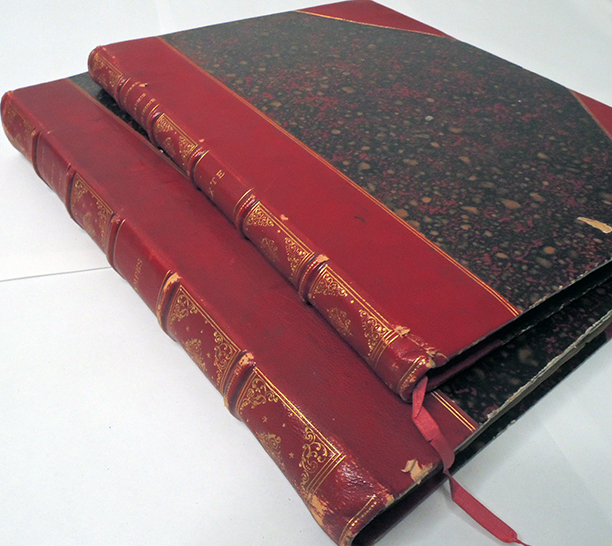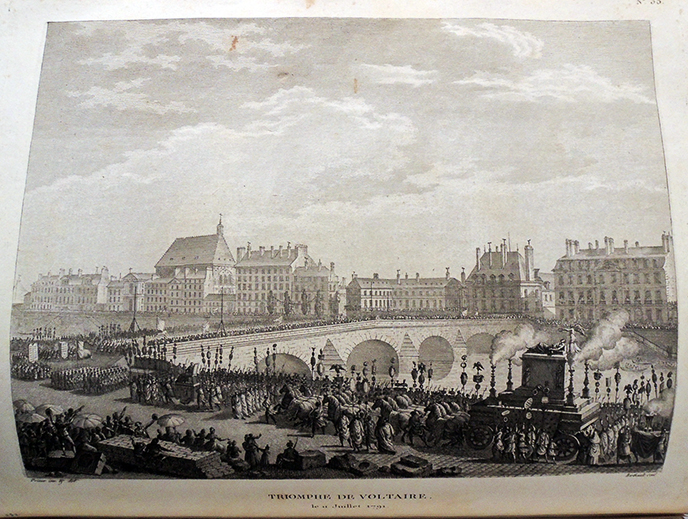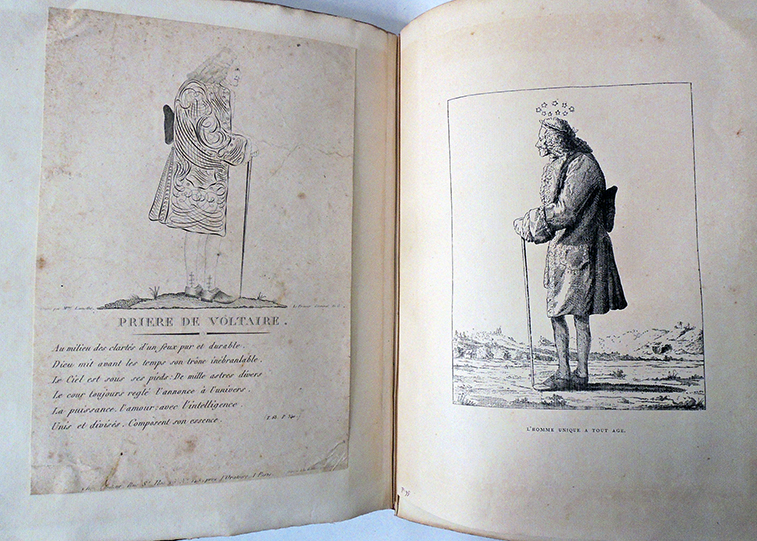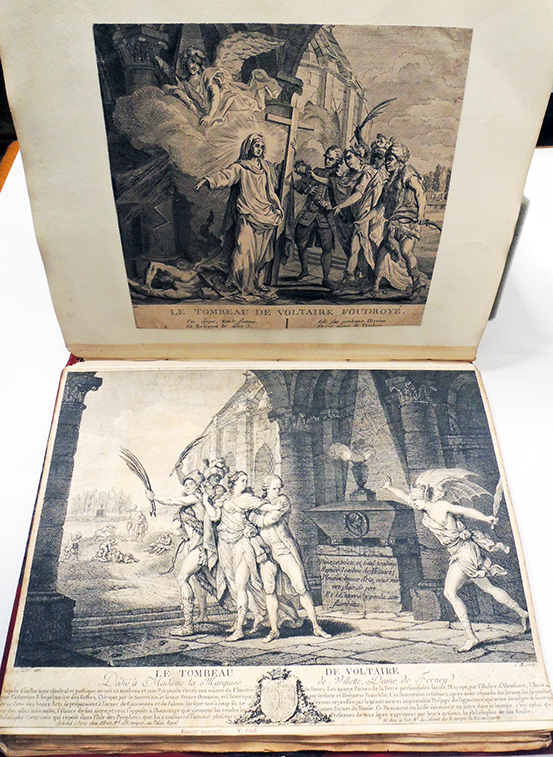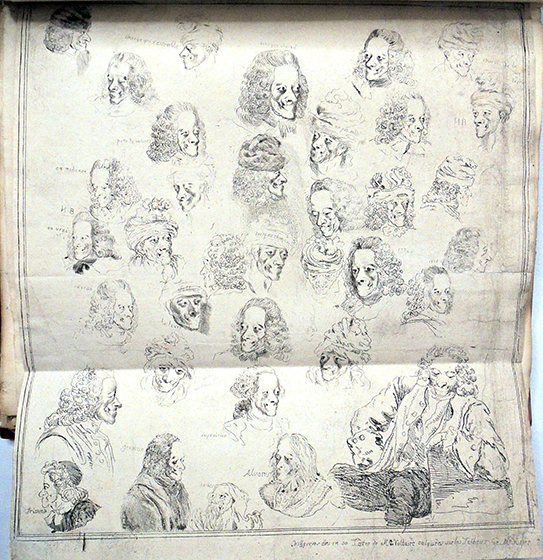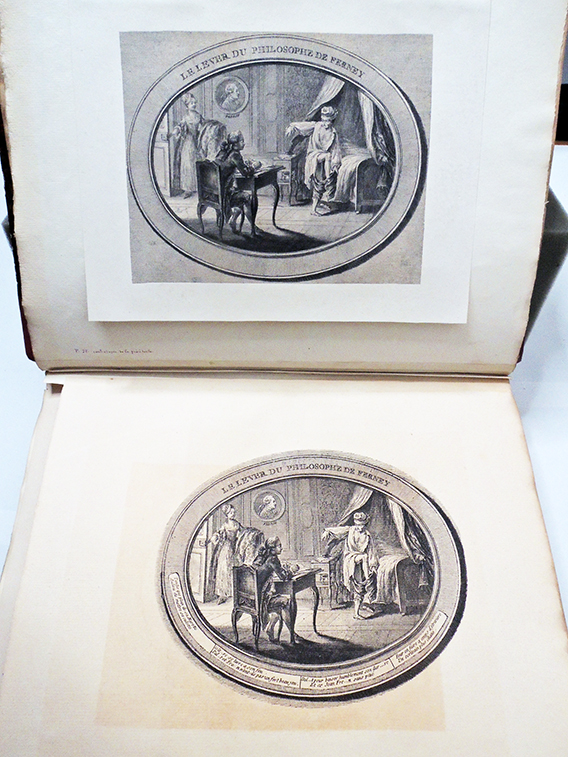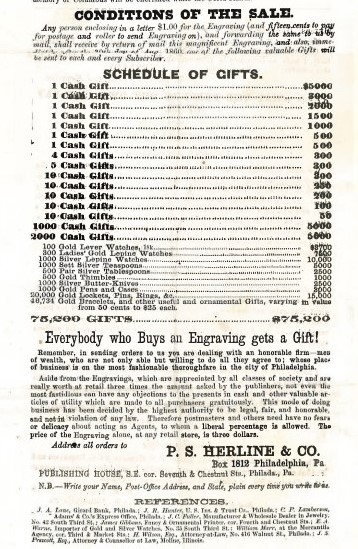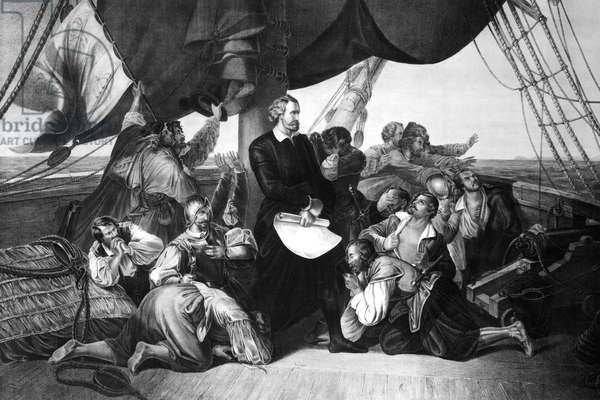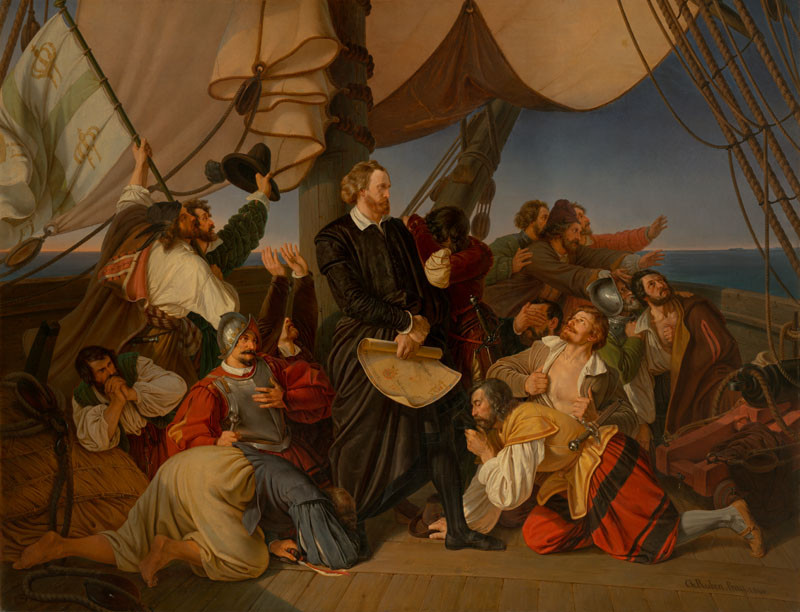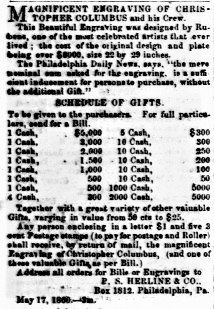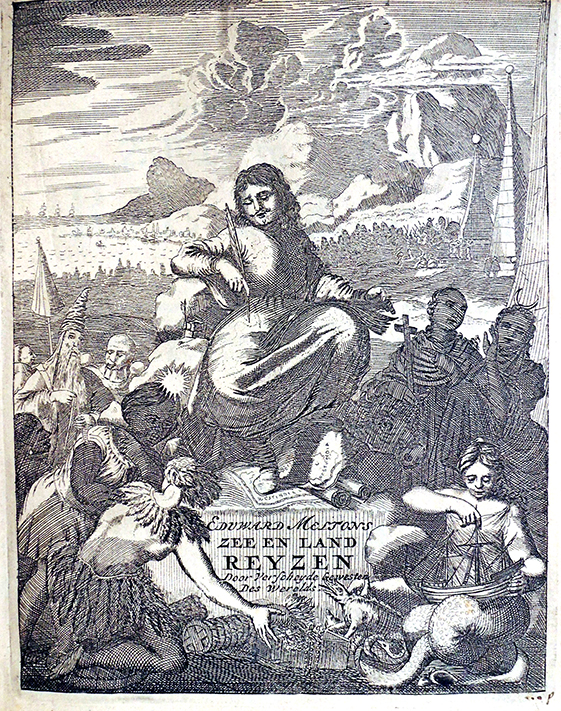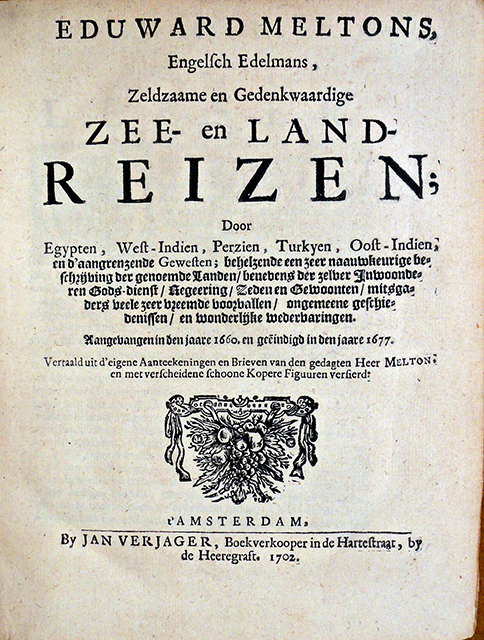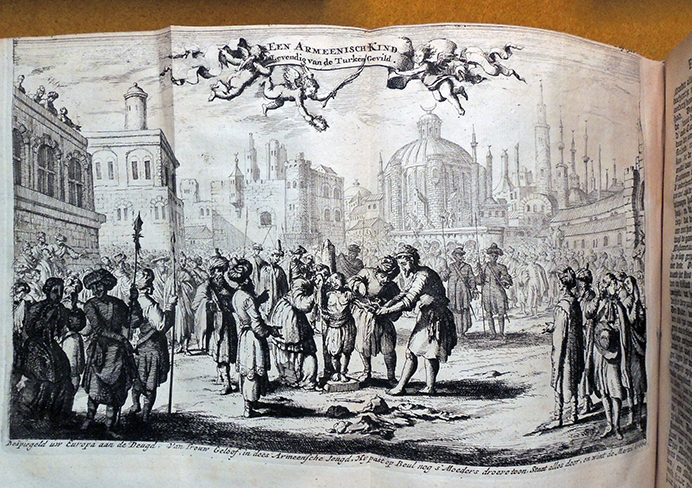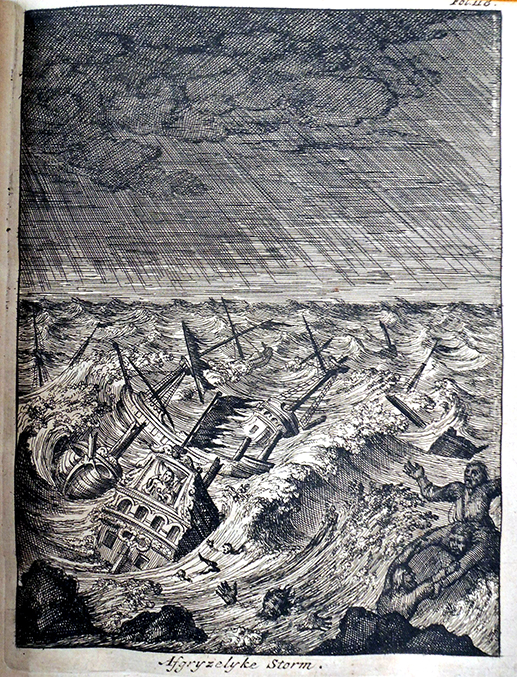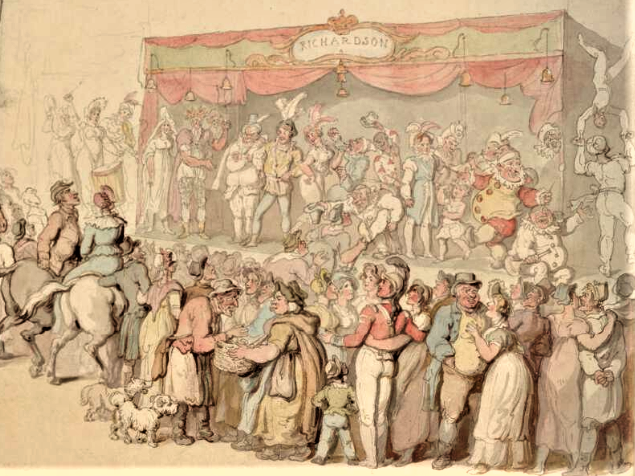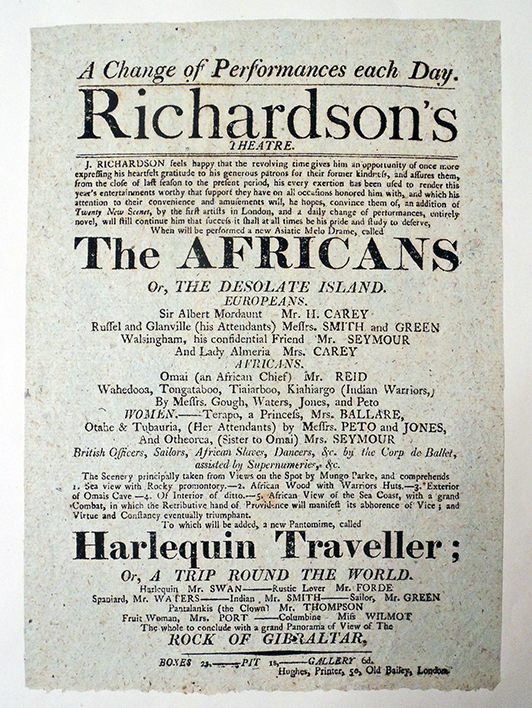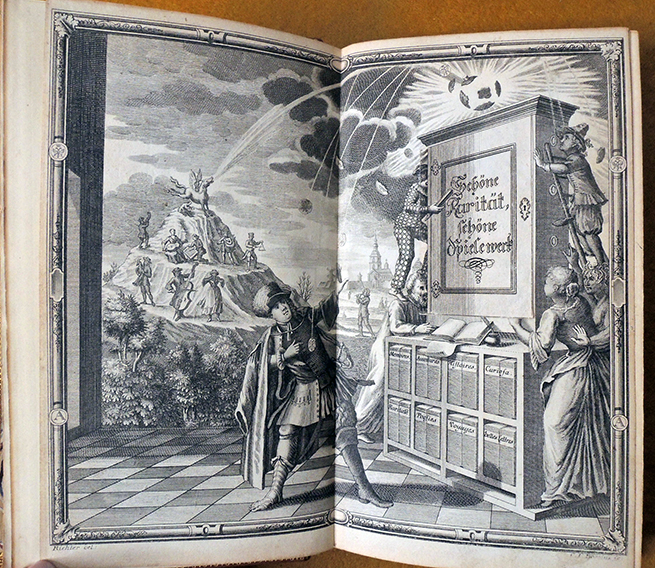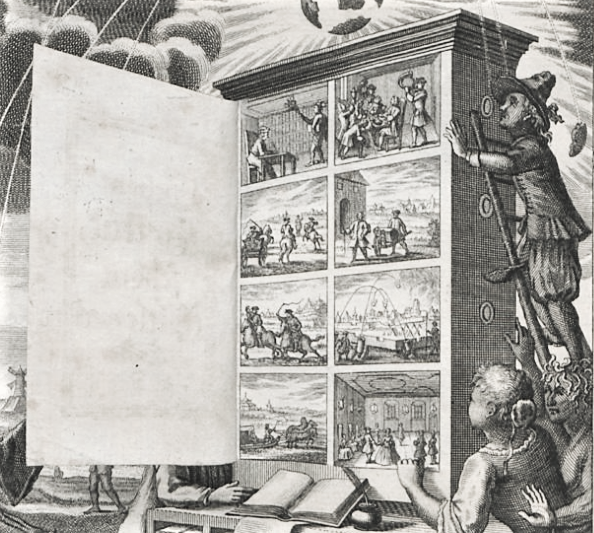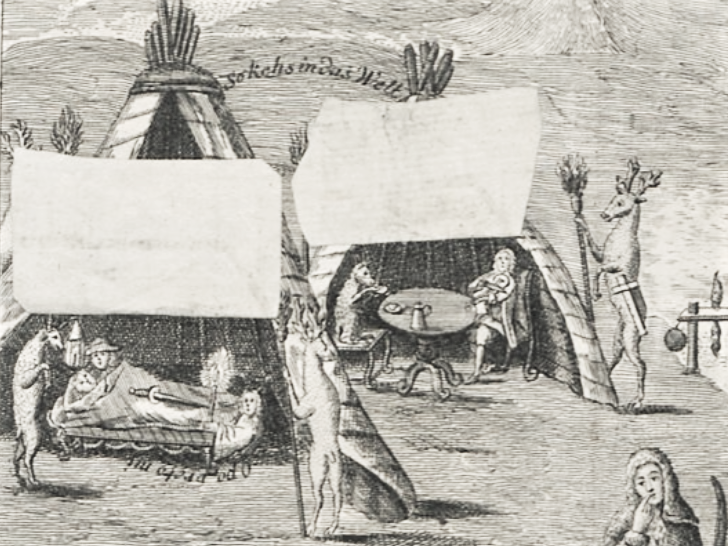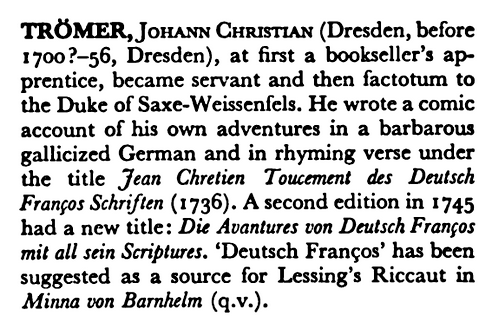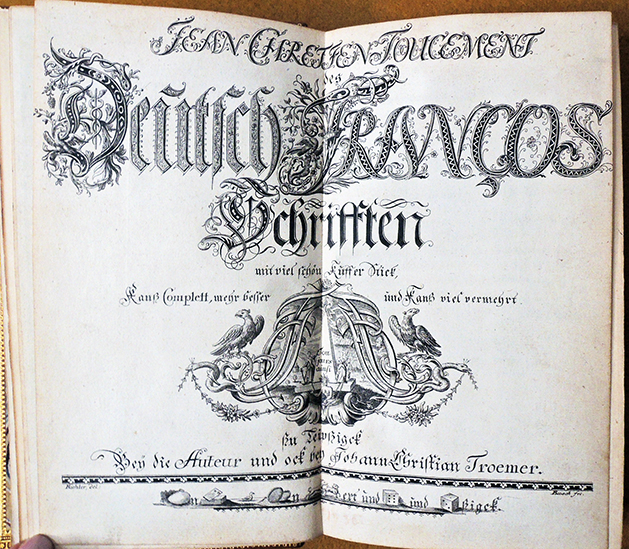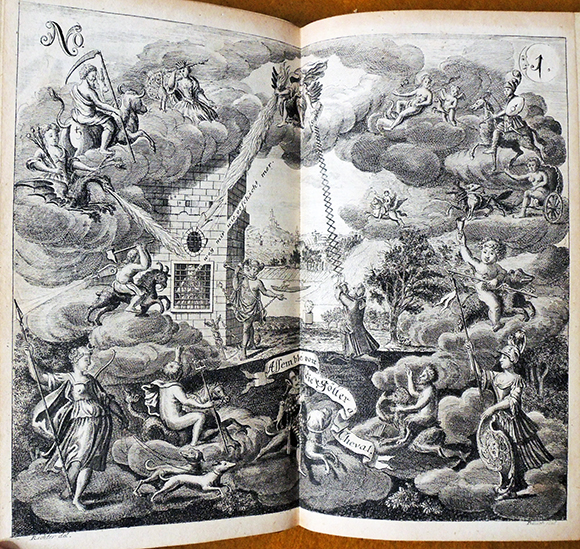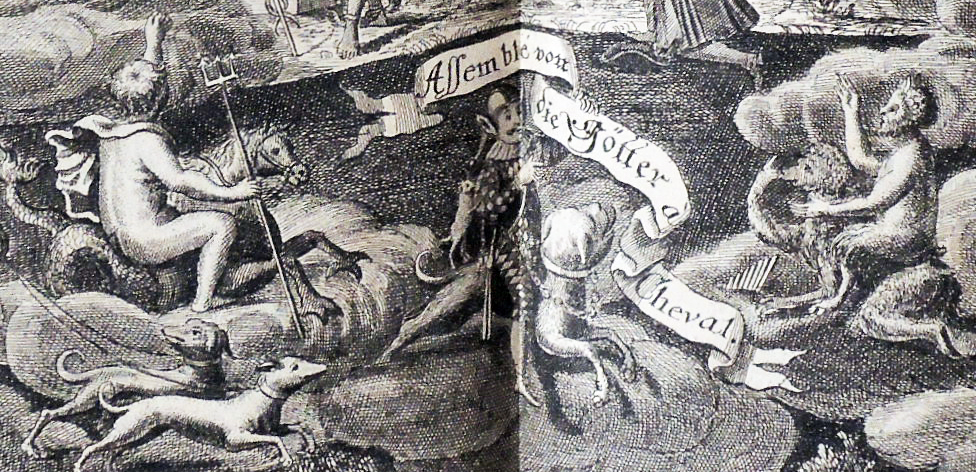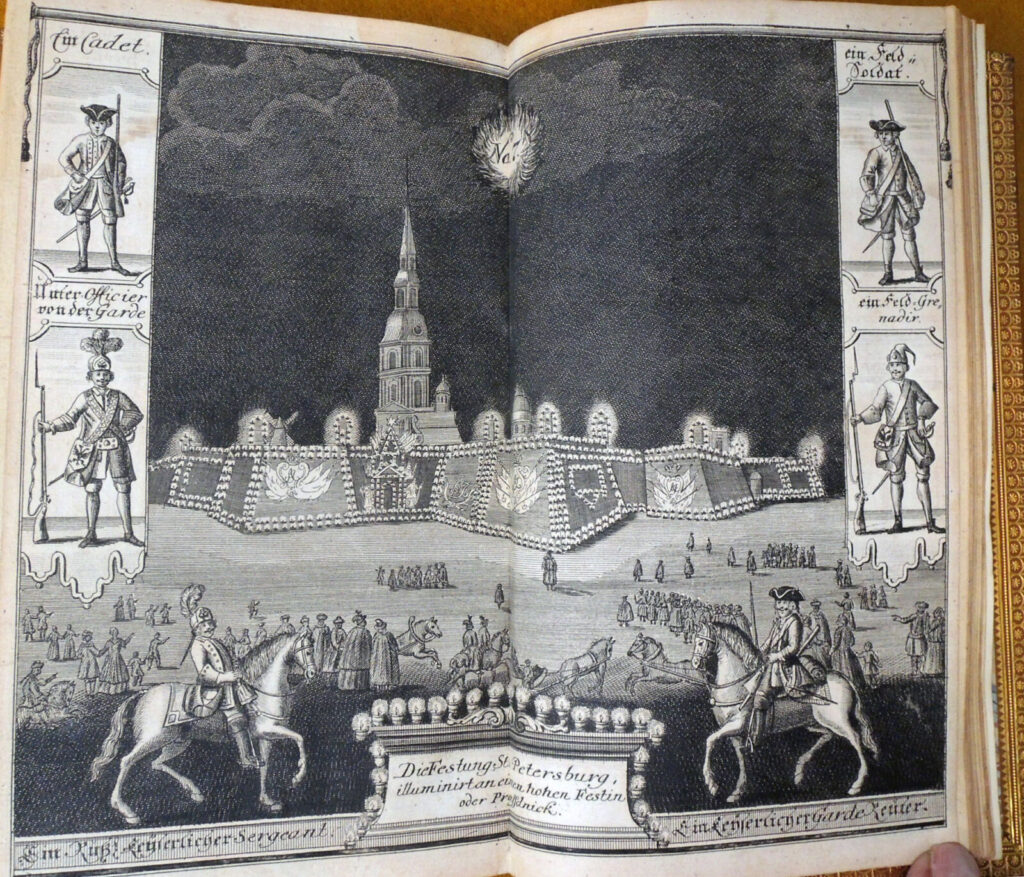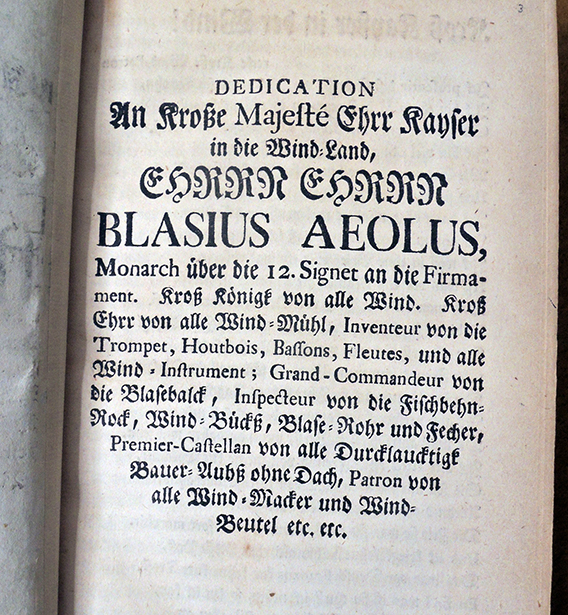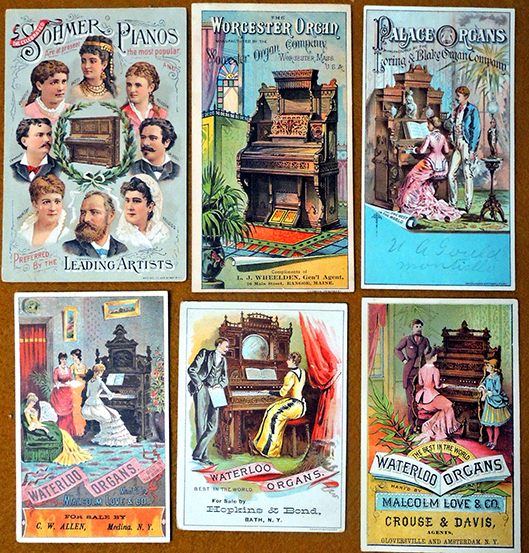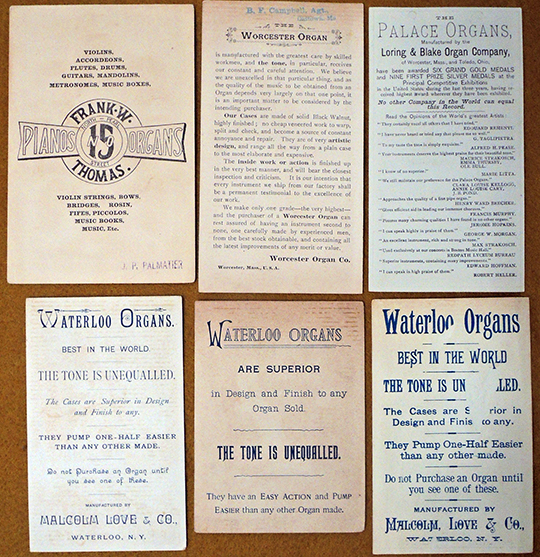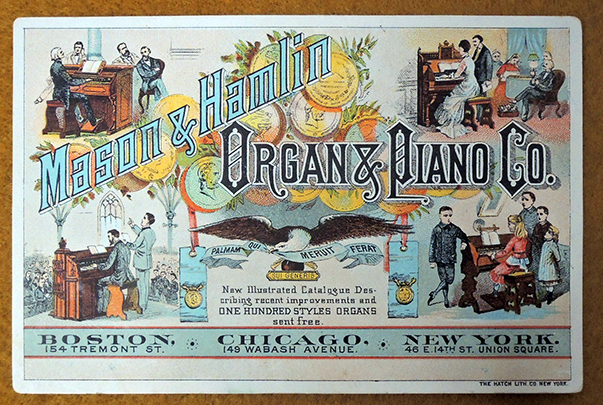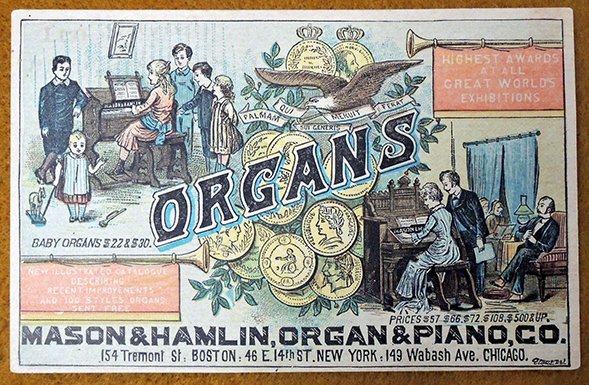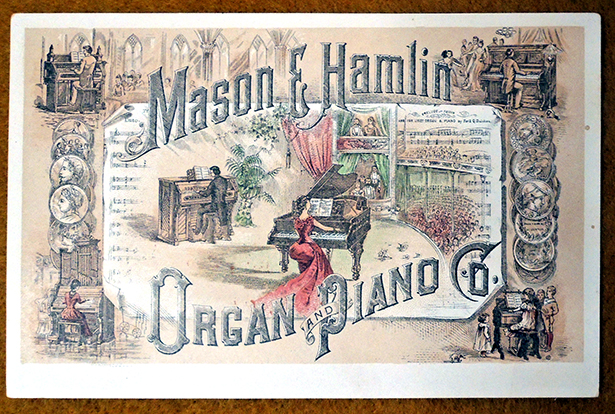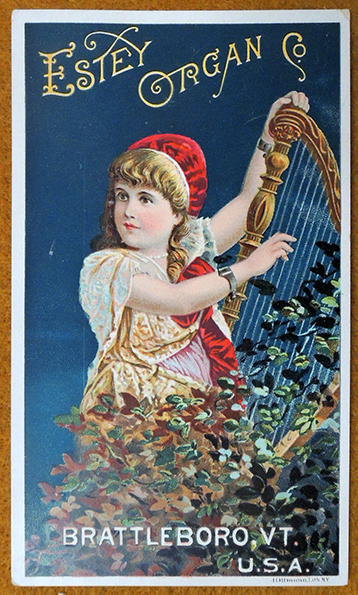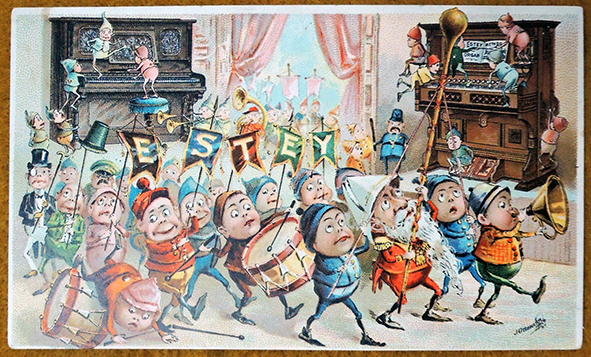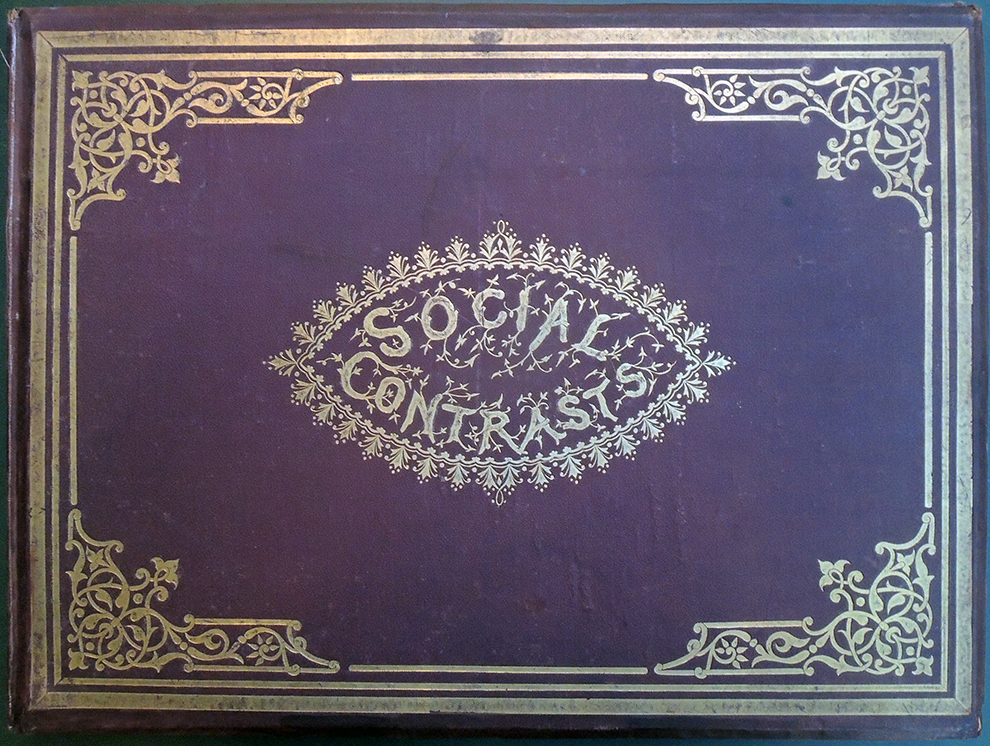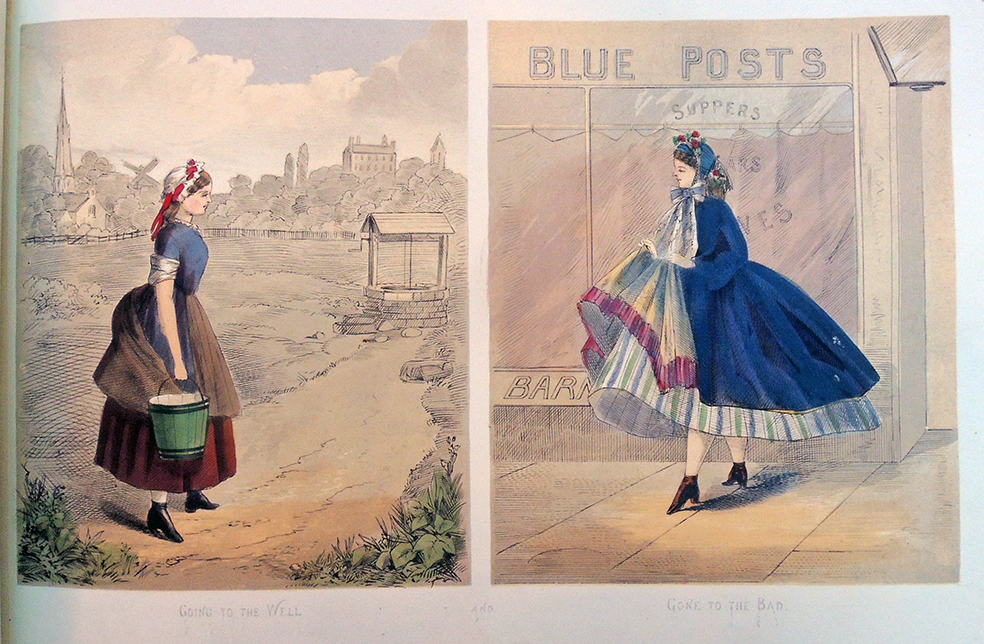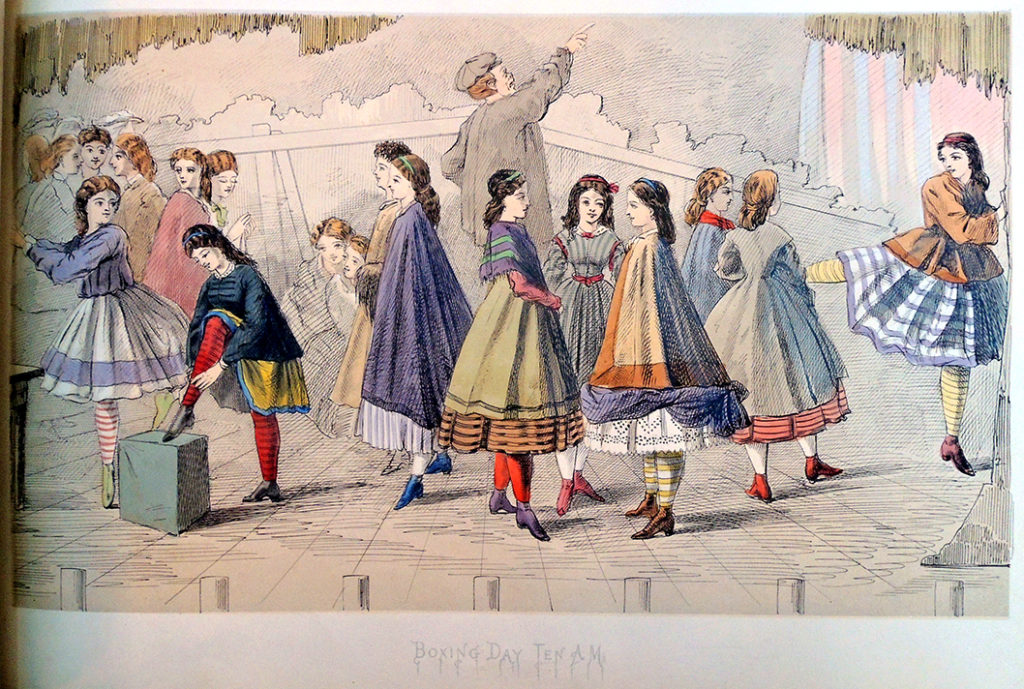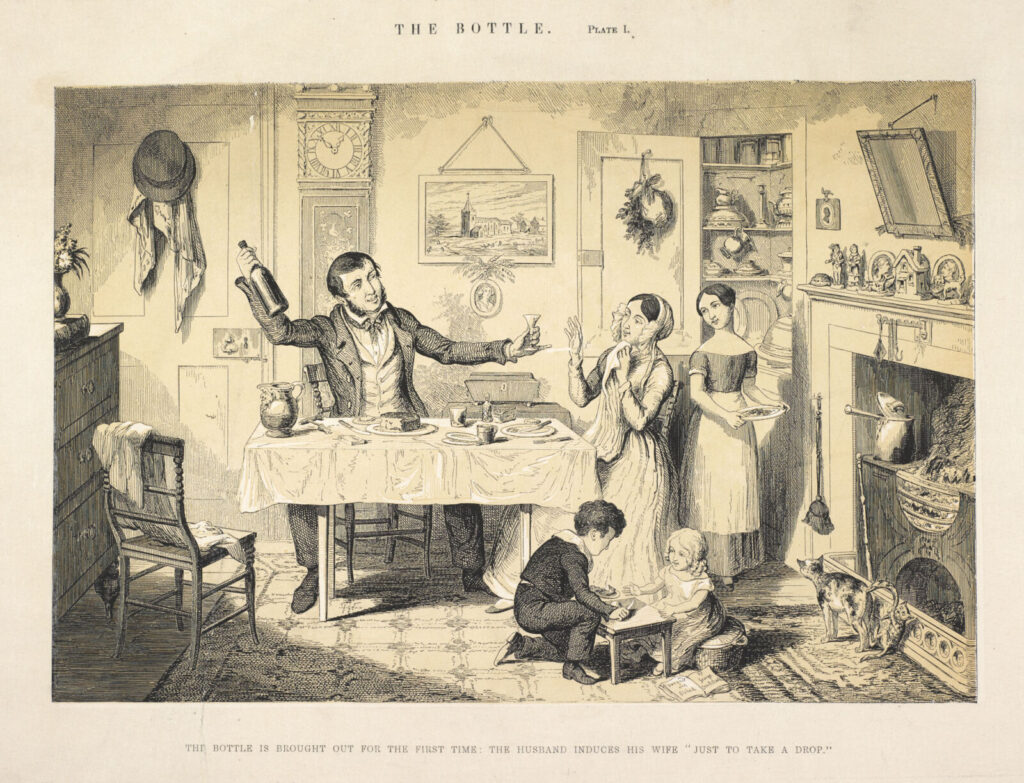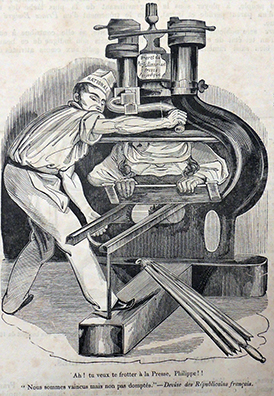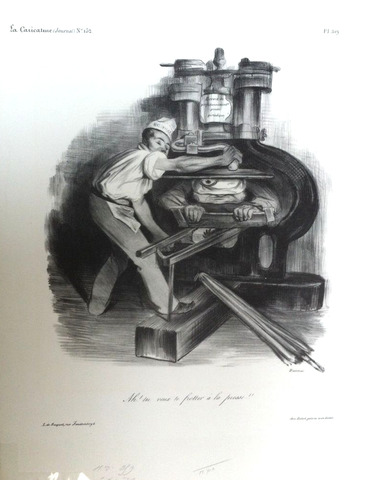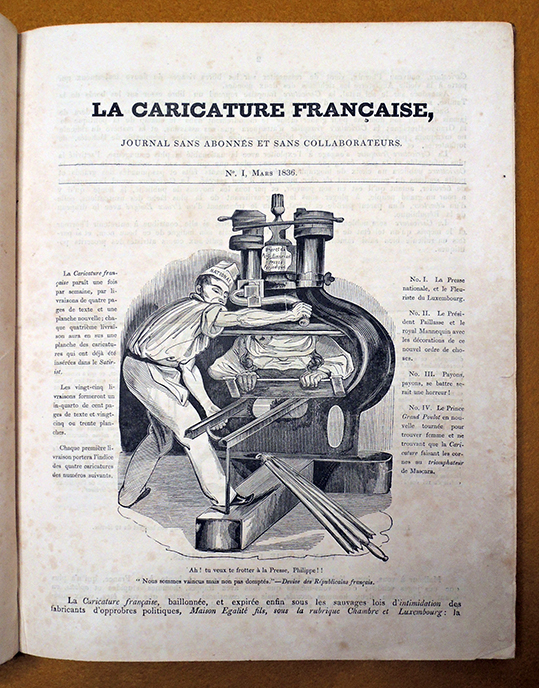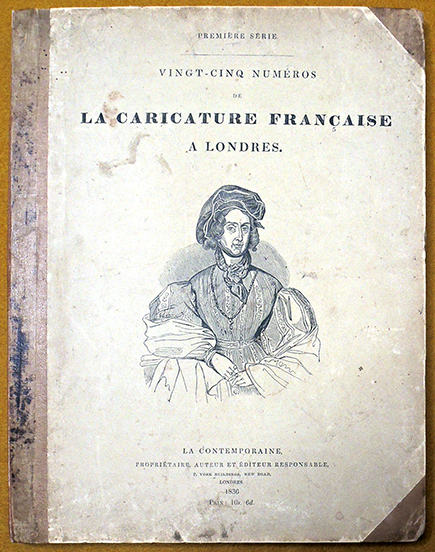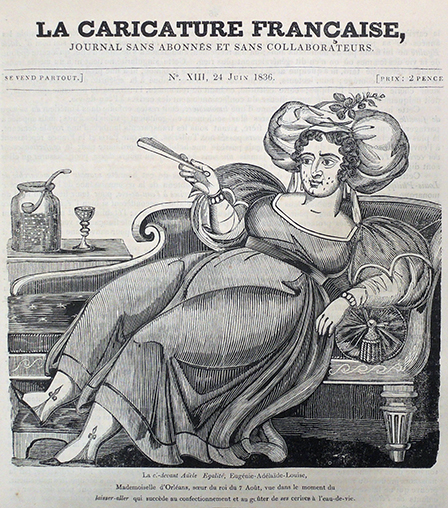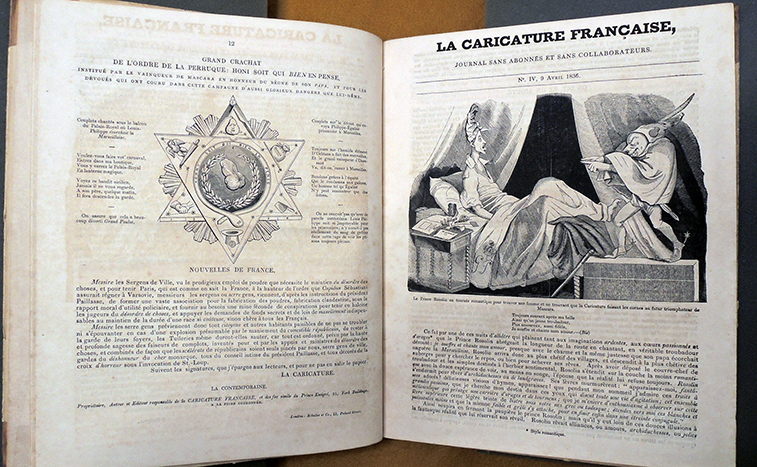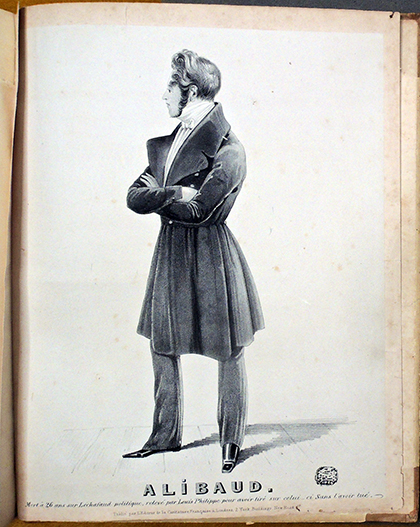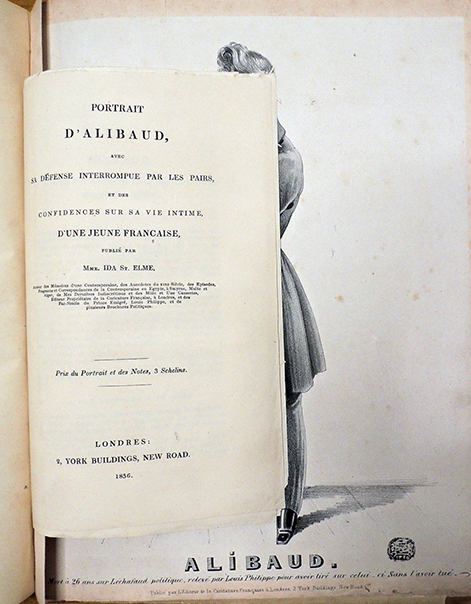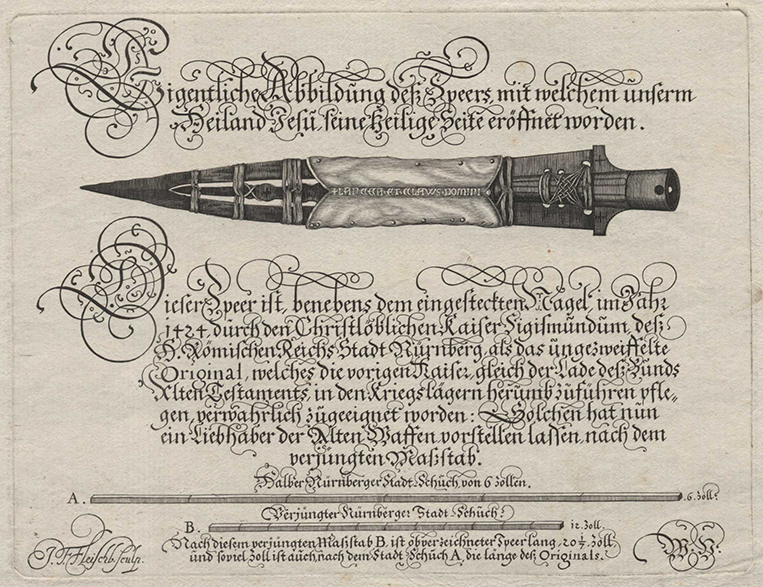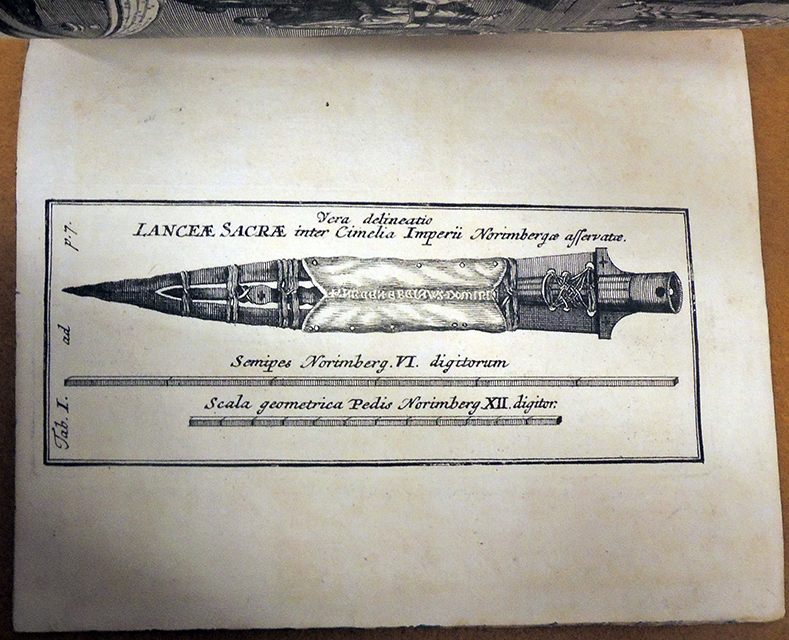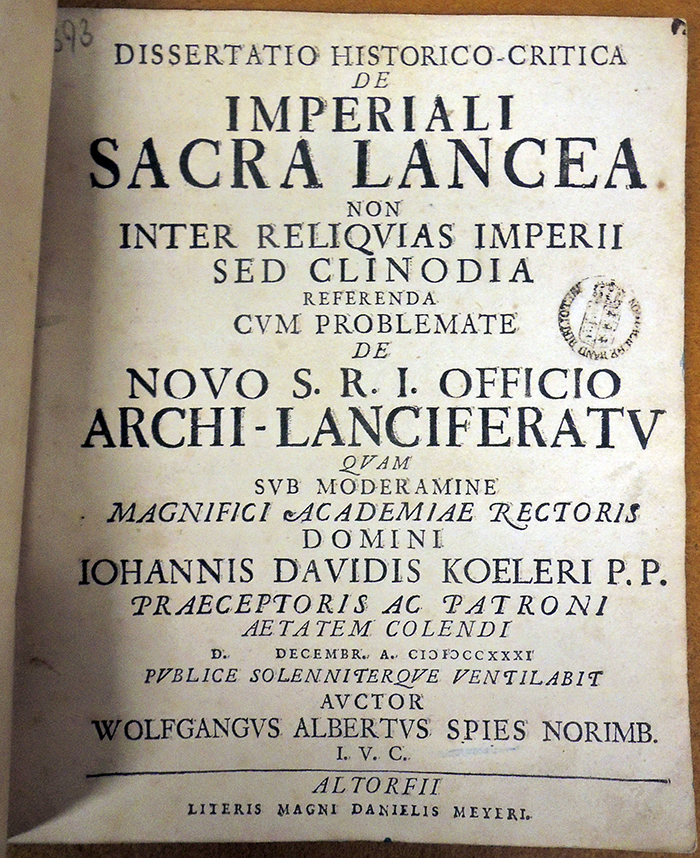 Henri Michaux (1899-1984), Poésie pour pouvoir. Text and frontispiece by Michaux. Design and linocuts by Michel Tapié (Paris: René Drouin, 1949). Copy XII of 46, signed by Henri Michaux et Michel Tapié. Teak wood portfolio printed with the title and fitted with 34 steel nails. Graphic Arts Collection GAX 2020- in process. Provenance: Collection of Geneviève and Jean Paul Kahn.
Henri Michaux (1899-1984), Poésie pour pouvoir. Text and frontispiece by Michaux. Design and linocuts by Michel Tapié (Paris: René Drouin, 1949). Copy XII of 46, signed by Henri Michaux et Michel Tapié. Teak wood portfolio printed with the title and fitted with 34 steel nails. Graphic Arts Collection GAX 2020- in process. Provenance: Collection of Geneviève and Jean Paul Kahn.
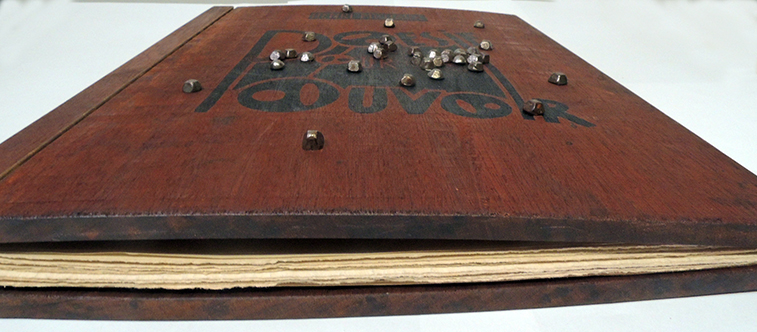
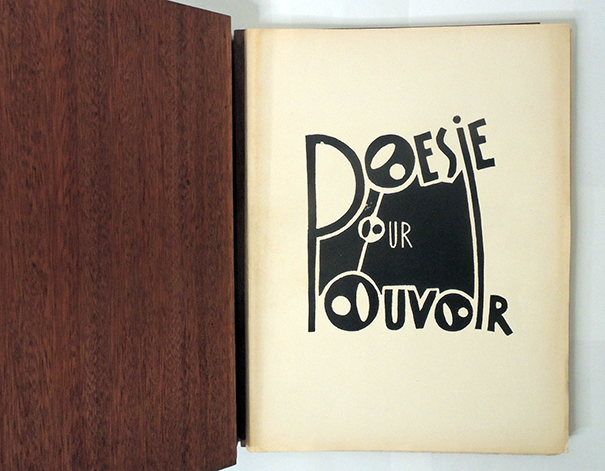
Is there a way to release the magic of poetry stagnating within conventional printed literature? Can you make a book with the power to exorcise a condition or complaint? These are some of the questions that led to Poésie pour pouvoir, with poetry by Henri Michaux (1899-1984) integrated into pictorial linocuts by Michel Tapié (1909-1987) and published in February 1949 by Galerie René Drouin in Paris.
Only a handful of copies of this singular “book-object” as Michaux and Tapié conceived it with the nailed wood cover were completed, in fact only two others can be found in North America besides the one now held in the Graphic Arts Collection at Princeton University.
A seminal work of post-war Paris, the story of Poésie pour pouvoir’s production is also magical. It began in the late 1930s with Michel Tapié’s involvement in “Les Réverbères,” a neo-Dada group, which led to his collaboration with Aline Gagnaire on the hand-printed publications Le Cheval de 4 and Deda L-E. Tapié eventually joined René Drouin’s gallery as artistic advisor, focusing on the promotion of a wide circle of artists that included Henri Michaux.
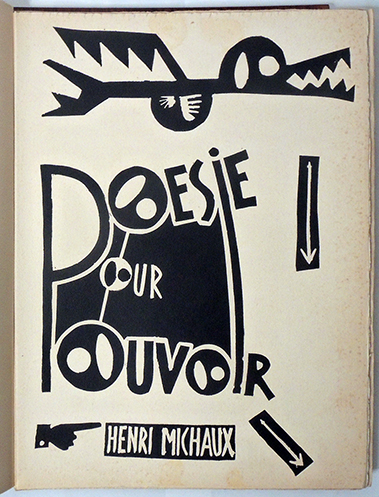
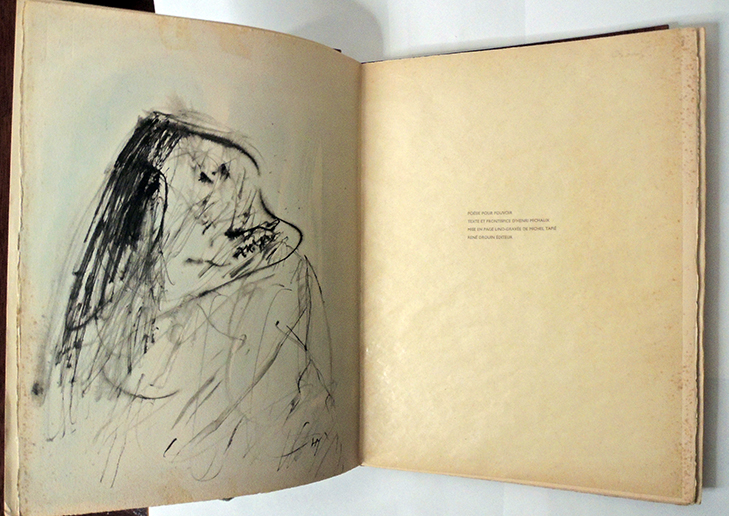
In 1947, Henri Michaux and his wife traveled to Egypt, where the magical power of hieroglyphics inspired the poems, “Je rame” and “À travers mers et desert.” These texts went unpublished until Tapié proposed to “put them into a space in the form of a book-object.”
Using the crisp, quick black and white technology of linoleum block printing that Tapié perfected while working with the Réverbères, he designed and cut Michaux’s words so they fluctuated between white text on black shapes and black text on white pages incorporated with his own abstract figures. The majority of the 46 copies were produced with only a paper cover.

A full recounting of the year leading up to February 1949, when the final work was exhibited at Drouin’s gallery, can be found in Tapié essay “Commentary on an exorcism,” Les Cahiers de la pléiade 1950.
“…. Mon projet de départ était de graver ce texte sur lino, le lino étant la technique la plus brutale et la plus directe des violentes oppositions de noir et de blanc, et de présenter l’ensemble des tirages dans une couverture de bois clouté, l’ensemble du travail étant jour par jour suivi et approuvé par Henri Michaux; L’esprit d’aventure qui préside aux activités de René Drouin poussa celui-ci à accepter le risque d’édition avec enthousiasme, et il mit l’équipe de sa galerie à notre disposition pour une rapide réalisation. Rapide en effet il le fallait; Michaux nous avait bien prévenus: si nous n’allions pas vite, le poème, lui, irait plus vite que nous et se retournerait contre nous… je pus assez vite graver tous les éléments n nécessaires à l’édification de la maquette complète.
The book’s construction took place at the Drouin family farm, under the daily supervision of Michaux. René Drouin (1905-1979) chose the arrangement of the nails on the covers, Aline Gagnaire (Tapié’s former collaborator) pieced together the wooden cover, and Drouin’s son, Jean-Claude, cut the nails to be hammered into the cover (originally plywood and only later teak wood).
Tapié was almost done with his share of the printing when he became ill and could not finish, leaving it to Gagnaire to complete the book. So many things went wrong, they called it was a cursed project, fueling the myth of a magical book.
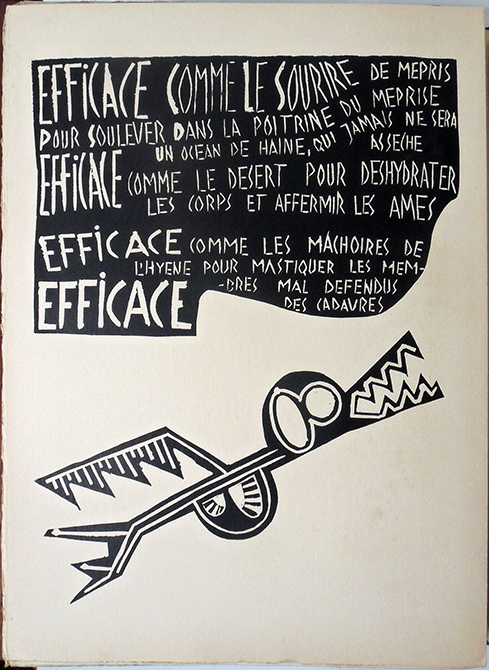
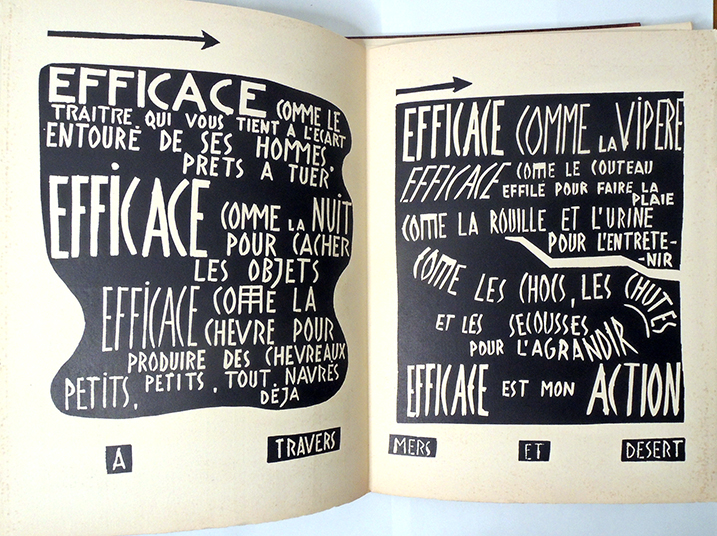
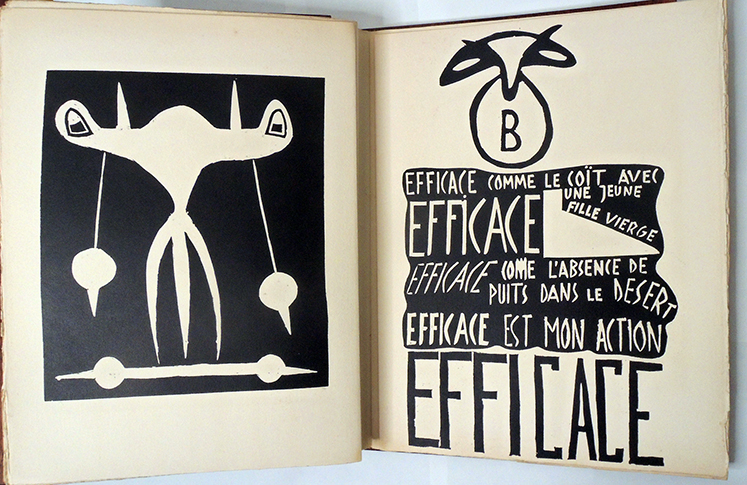
As for his part, Michaux wrote:
“La force exceptionnellement opératoire de ce poème, jointe au fait de son élection unique, centrant justement sur ce texte toutes les intentions d’intervention-de pouvoir-de l’auteur, me donna une furieuse envie d’en faire une édition où je tenterais de forcer les usages du livre dans le même rapport d’échelle qu’Henri Michaux l’avait fait ici par rapport non pas seulement à la poésie, mais même, comme je ne le sentis d’ailleurs que bien plus tard, à l’usage, par rapport à ses plus efficients exorcismes. Le problème consistait à fabriquer un objet receleur de force supportant ce texte de sorte que sa vue, son contact, tant épidermique que musculaire provoque au maximum l’expansion effective de cette force, puisque magie il y avait.
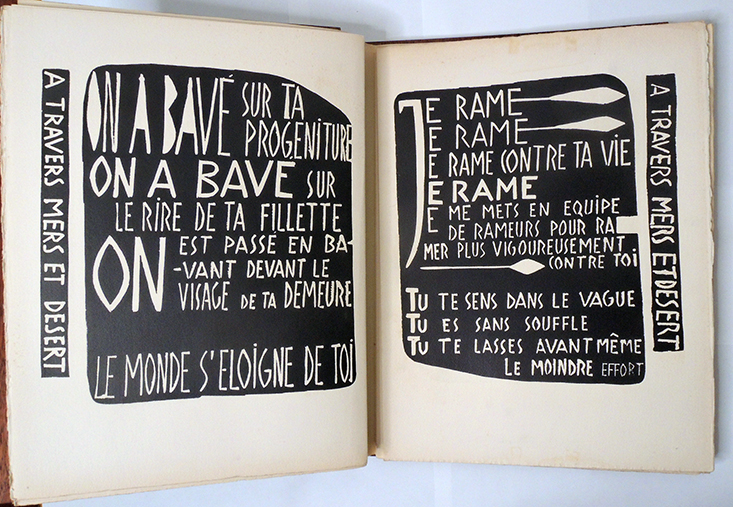
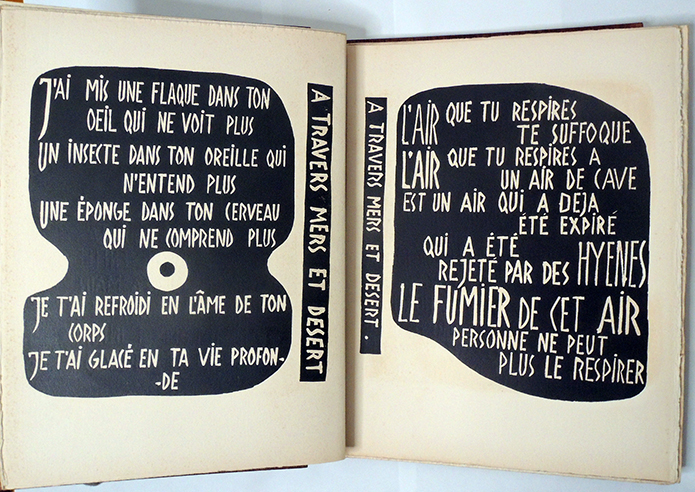
It is a tragedy that OCLC no longer allows local notes. To find copies that include the rare nailed wood cover, a reader must log into every library in the world individually. Otherwise they would not know, for instance, that Houghton Library has copy no. V with “unbound sheets, as issued, laid into original printed paper covers; in original hinged wooden boards, with title printed on cover, decorated with metal studs. In burlap-covered board slipcase.”
It was Tapié’s idea to pound nails into the wooden binding using the same aggressive energy as Michaux’s incantatory texts. The action references the practices of the Romans, who manufactured defixion or curse tablets, as well as African practices of incorporating nails into power figures called nkisi nkondi. The physical hammering of the nails into Poesie pour pouvoir was meant to embed magical powers into the book, just as Tapié’s pictographs unleashed the power in Michaux’s words.
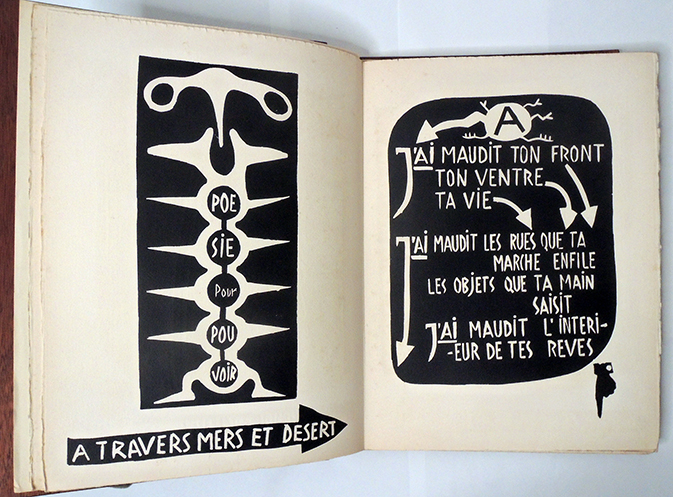
Galerie René Drouin closed in 1950 (later revived in a different format), Michel Tapié went on to promote Art informel, from which Michaux distanced himself, continuing to draw and write in his own personal style. No other magic book-objects were attempted.
For more on this and other works by Michaux, see Raymond Bellour’s Henri Michaux Ouvres Complete (Gallimard, “Bibliothèque de la Pléiade”, 1998), https://babel.hathitrust.org/cgi/pt?id=uva.x004550124&view=1up&seq=1276&q1=%22poesie%20pour%20pouvoir%22
Henri Michaux (1899-1984), Commentaire d’un exorcisme ([Paris: Librairie Gallimard, 1950?]). Beach 3269.96.325. Presentation copy to Sylvia Beach with inscription by Henri Michaux.
Le Cheval de 4 (Paris: M. Tapié, A. Gagnaire, J. Jausion, H. Bernard, 1940). Graphic Arts Collection Q-000727. Issued in 4 fascicles. Each has a separate title: [no. 1] “Le Cheval de 4” (“tirage limité à 26 ex. hors commerce et 6 ex. de luxe”) ; [no. 2] “Dédal-e” (“Tirage limité à 28 ex. hors commerce et 3 ex. de luxe”) ; [no. 3] “Huit poèmes pour Cécile / Noël Arnaud” (tiré à 150 ex. environ dont 35 de luxe) ; [no. 4] “Expédition Tapié” (tiré à 27 ex.).

Also designed by Michel Tapié while at Galerie René Drouin: Francis Picabia (1879-1953), 491 (Paris, René Drouin, 4 mars 1949). Marquand Oversize ND553.P58 T36 1949e. “50 ans de plaisirs” par Michel Tapié. Catalog in newspaper format issued Mar. 4, 1949 for Picabia exhibition of 136 works dated 1897-1949.
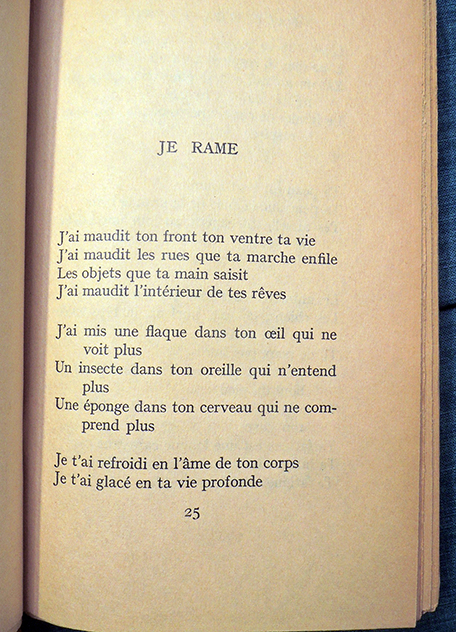 A section of Poetry for Power in translation:
A section of Poetry for Power in translation:
I row
I have cursed your brow your belly your life
I have cursed the streets your steps pursue
The objects your hand grasps
I have cursed the inside of your dreams
I have put a puddle in your eye and it no longer sees
An insect in your ear and it no longer hears
A sponge in your brain and it no longer understands
I have chilled you in the soul of your body
I have frozen you in the depth of your life
The air that you breathe suffocates you
The air that you breathe has an air of cellars
Is an air that has already been exhaled that hyenas have expelled
The dung of this air no one can breathe any longer
Your skin is moist all over
Your skin sweats the sweat of the great fear
Your armpits exhale from afar an odor of crypts
The animals halt when you pass
The dogs howl in the night their heads raised toward your house
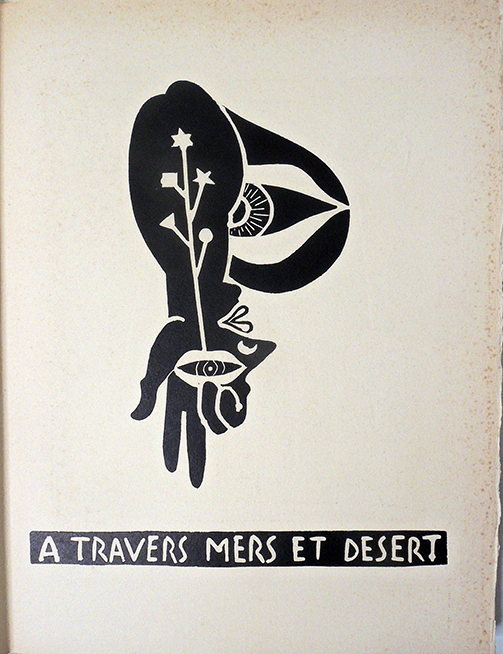
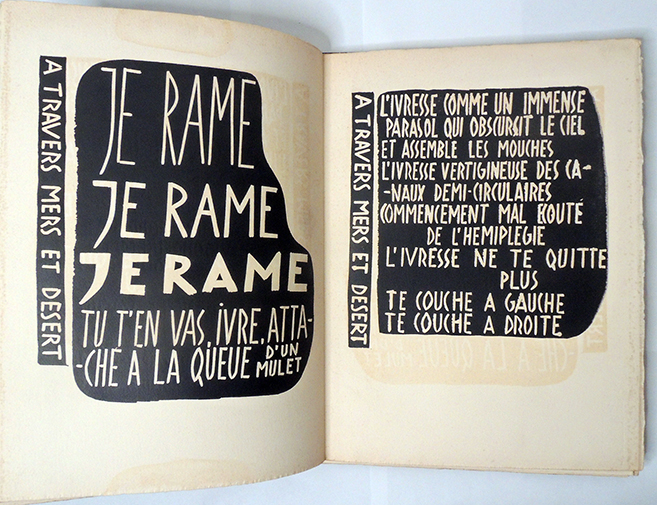
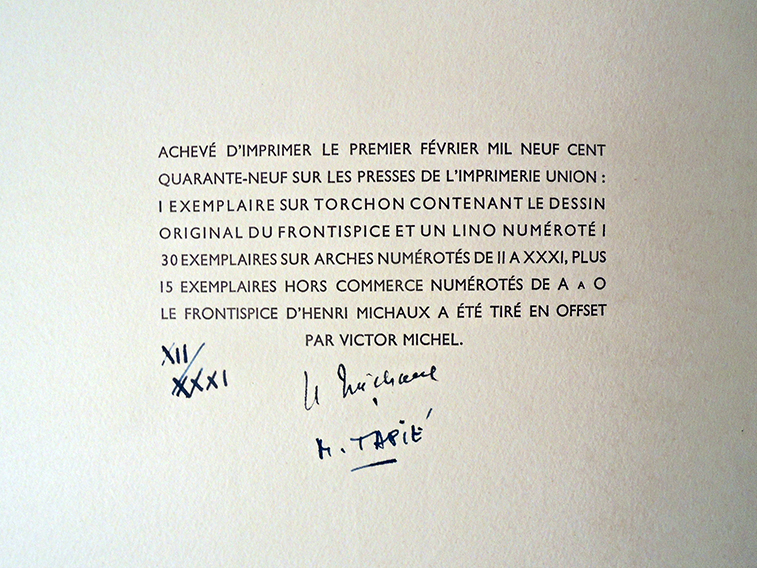
 Gustave Desnoirest, Iconographie voltairienne. Histoire et description de ce qui a été publié sur Voltaire par l’art contemporain (Paris: Didier, 1879). One volume expanded into two. Graphic Arts Collection GAX 2020- in process
Gustave Desnoirest, Iconographie voltairienne. Histoire et description de ce qui a été publié sur Voltaire par l’art contemporain (Paris: Didier, 1879). One volume expanded into two. Graphic Arts Collection GAX 2020- in process

